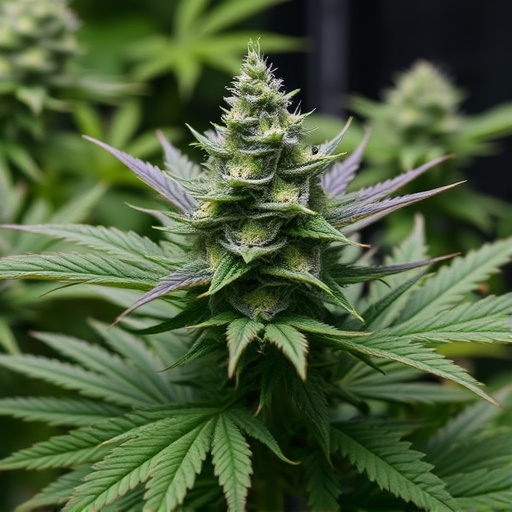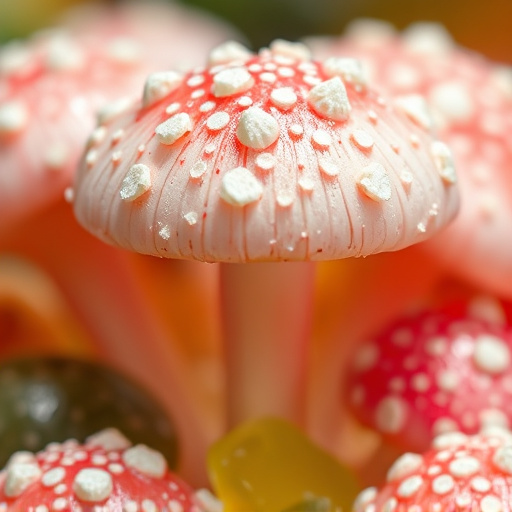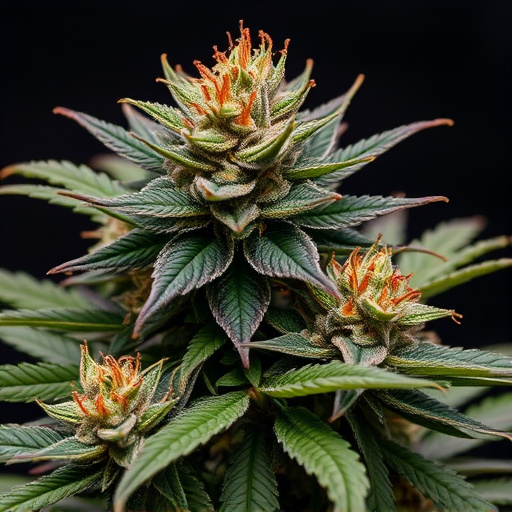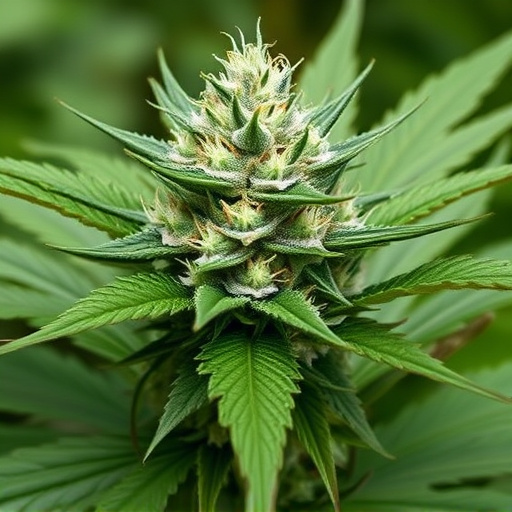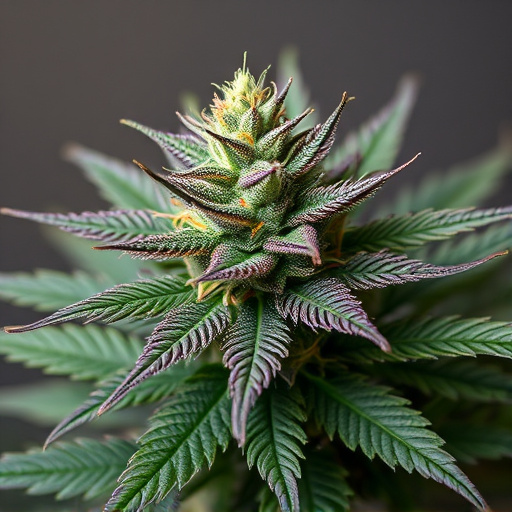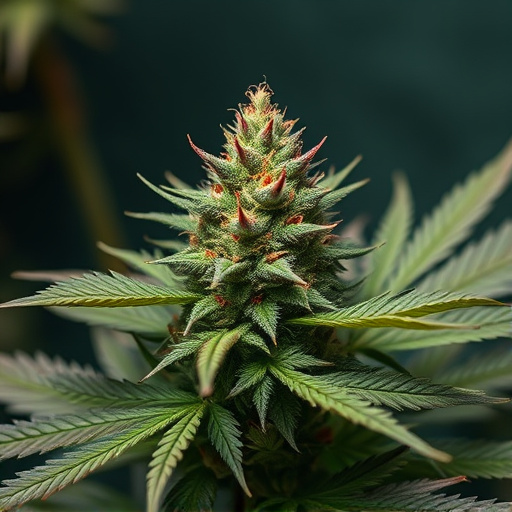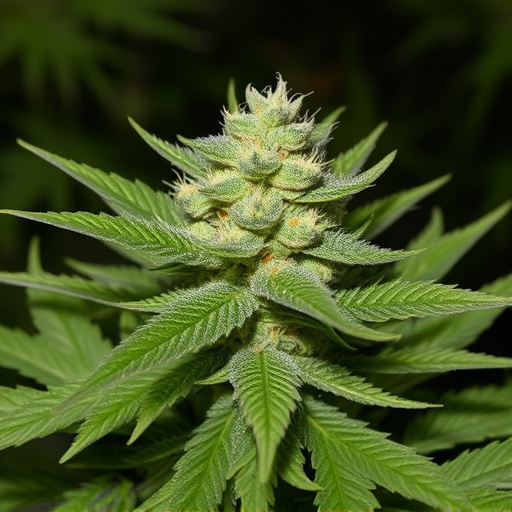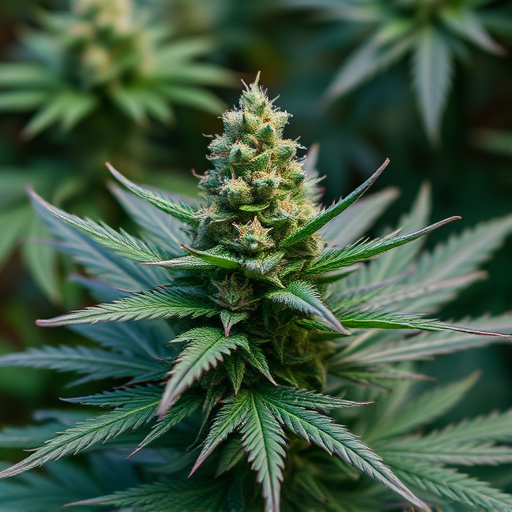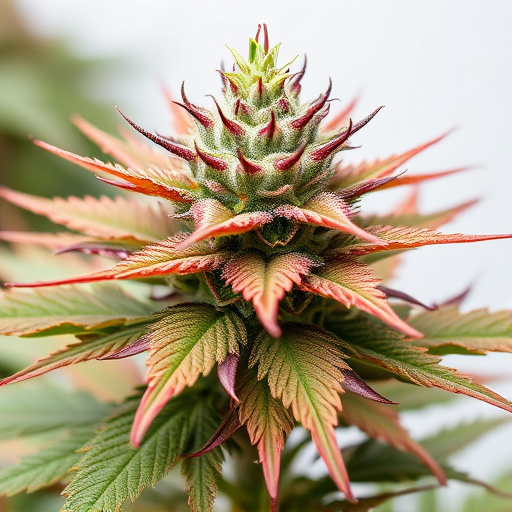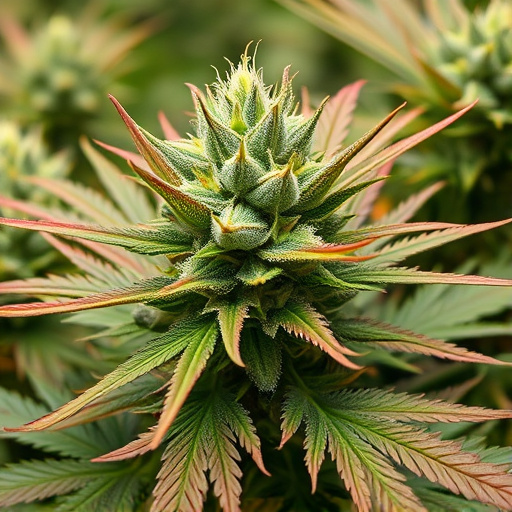Cannabis flower's appetite-stimulating properties are attributed to its interaction with the body's endocannabinoid system (ECS). Rare cannabis strains, developed through advanced breeding, have higher cannabinoid concentrations, enhancing their effectiveness in managing hunger. These strains' unique terpene profiles and compounds like THC, CBG, and CBN work together to trigger hunger neurotransmitters, offering potential medical benefits for eating disorders. Their distinct properties provide new strategies for managing appetite, especially for patients experiencing weight loss or anorexia.
Cannabis’ ability to stimulate appetite, a phenomenon commonly known as “the munchies,” has intrigued users and scientists alike. This introduction delves into the science behind this effect, exploring how cannabis interacts with our bodies to induce hunger. We’ll dissect the role of specific chemical compounds and consider the impact of rare cannabis strains, offering new insights into understanding and potentially harnessing this unique property.
- Understanding the Hunger-Inducing Effect of Cannabis: A Chemical Perspective
- Unveiling the Role of Rare Cannabis Strains in Appetite Stimulation
- Exploring Alternative Explanations for the Munchies Phenomenon
Understanding the Hunger-Inducing Effect of Cannabis: A Chemical Perspective

Cannabis flower’s ability to stimulate appetite is a well-documented phenomenon, especially among those who consume it regularly. From a chemical perspective, this effect can be attributed to the interaction between cannabis compounds and our bodies’ endocannabinoid system (ECS). The ECS plays a crucial role in regulating various physiological processes, including hunger and metabolism.
Cannabis contains numerous chemicals, with tetrahydrocannabinol (THC) being the most renowned for its psychoactive properties. However, other cannabinoids like cannabidiol (CBD) and terpenes also contribute to the plant’s overall effects. When consumed, these compounds bind to receptors in the ECS, which can lead to a cascade of events that ultimately trigger feelings of hunger. Rare cannabis strains, often with higher concentrations of specific cannabinoids, may enhance this effect. This complex interaction highlights why different strains can produce varied outcomes and why exploring rare varieties could offer unique experiences for consumers interested in managing appetite.
Unveiling the Role of Rare Cannabis Strains in Appetite Stimulation
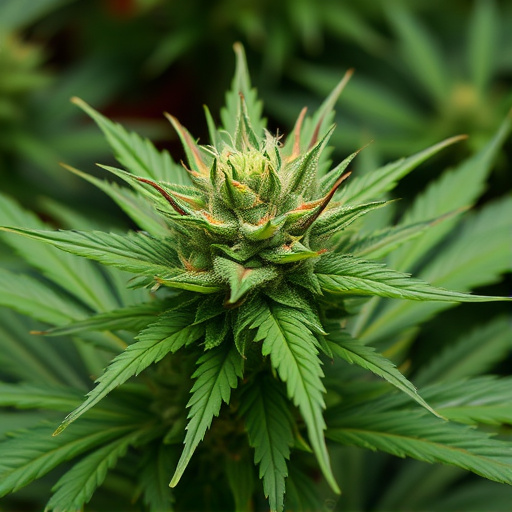
Cannabis has long been celebrated for its ability to stimulate appetite, a phenomenon often attributed to its primary psychoactive compound, THC. However, recent interest shifts towards certain rare cannabis strains that go beyond traditional varieties. These novel strains, developed through meticulous breeding practices, possess unique terpene profiles and cannabinoid ratios, contributing to their potent appetite-boosting effects.
Research suggests that specific rare cannabis strains can trigger the release of neurotransmitters like dopamine, which plays a pivotal role in regulating hunger and pleasure. The integration of minor cannabinoids, such as CBG (Cannabigerol) and CBN (Cannabinol), further enhances these effects. These less-studied compounds interact synergistically with THC, creating a more profound impact on the user’s desire to eat, potentially offering new insights into managing eating disorders or stimulating appetites in medical scenarios where it is needed.
Exploring Alternative Explanations for the Munchies Phenomenon
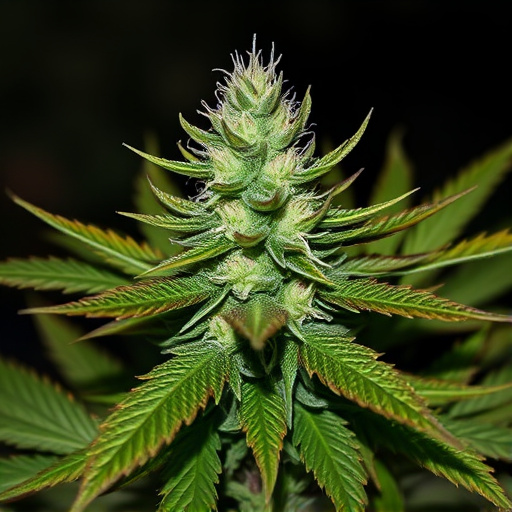
While THC is often credited with stimulating appetite, some research suggests that other compounds in cannabis may also play a role in the “munchies” phenomenon. Beyond THC, rare cannabis strains boast unique terpene profiles and cannabinoids like CBG (Cannabigerol) and CBN (Cannabinol) that could independently contribute to increased hunger. Terpenes, aromatic compounds responsible for cannabis’ distinct smells, have been linked to appetite regulation, with some studies indicating they may enhance the appetite-stimulating effects of THC.
Exploring these alternative explanations is crucial, especially considering the growing interest in rare cannabis strains known for their potent terpene and cannabinoid content. Understanding the complex interplay between these compounds could lead to new strategies for managing hunger, particularly for medical cannabis patients suffering from conditions that cause anorexia or weight loss.
Cannabis’ effect on appetite, often referred to as “the munchies,” is a complex interplay of various chemical compounds. While THC is commonly associated with this sensation, certain rare cannabis strains have been found to possess unique terpenes and cannabinoids that enhance appetite stimulation. Understanding these compounds and their interactions offers insights into why some individuals experience increased hunger after consuming cannabis. Further research into these rare strains could lead to new treatments for conditions characterized by appetite loss, highlighting the multifaceted potential of cannabis in the medical field.
